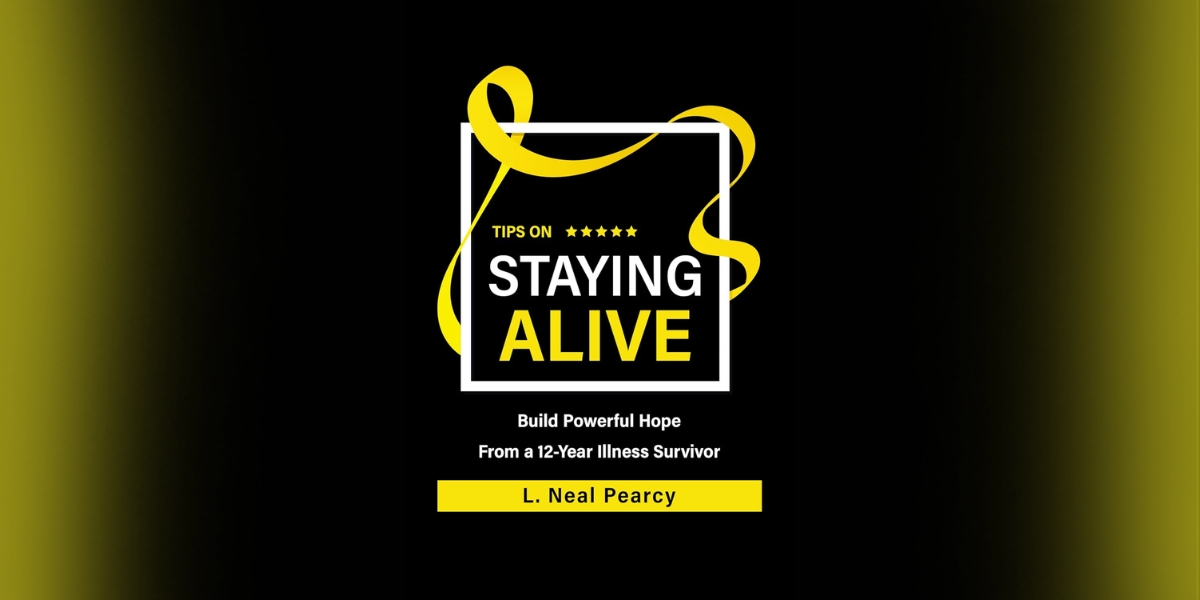Heatwaves can pose serious health risks, especially when temperatures remain high over extended periods. Understanding how to recognize heat-related illnesses and taking steps to prevent them is important for maintaining well-being during extreme heat events. This article explores common heat-related conditions such as heat exhaustion and heat stroke, their symptoms, and practical strategies to avoid these potentially dangerous situations.
Read also: Tips to Cool down Your Bedroom This Summer
Understanding Heat-Related Illnesses
Heat-related illnesses occur when the body struggles to regulate its temperature under high heat conditions. Two of the most common and concerning illnesses are heat exhaustion and heat stroke. Heat exhaustion is a milder form of heat illness caused by excessive sweating and dehydration, which can lead to dizziness, weakness, and nausea. If untreated, heat exhaustion can progress to heat stroke, a severe and life-threatening condition where the body’s core temperature rises rapidly and the natural cooling mechanisms fail.
Heat stroke requires immediate medical attention and is characterized by symptoms such as confusion, loss of consciousness, and a dangerously high body temperature. Unlike heat exhaustion, heat stroke can cause damage to the brain and other vital organs if not treated promptly. Recognizing the early signs of these illnesses can help prevent escalation and ensure timely care.
Recognizing the Symptoms of Heat Exhaustion
Heat exhaustion typically develops after prolonged exposure to high temperatures, especially when combined with physical activity. Common symptoms include heavy sweating, fatigue, headache, and muscle cramps. Individuals may also experience a rapid pulse, pale skin, and feelings of weakness or faintness.
Because these symptoms can sometimes be mistaken for other health issues, it is important to pay attention to the context, such as recent heat exposure or exertion. If someone shows signs of heat exhaustion, taking immediate steps to cool the body and rehydrate can prevent the condition from worsening.
Heat exhaustion should be treated seriously, as ignoring early warning signs may lead to heat stroke. Resting in a cool place and drinking water or electrolyte-containing fluids can often reverse the symptoms. Monitoring the affected person closely and seeking medical help if symptoms persist or worsen is advisable.
Identifying Heat Stroke and Its Dangers
Heat stroke is a medical emergency that requires urgent intervention. It occurs when the body’s temperature regulation fails, causing the core temperature to rise above 104°F (40°C). Unlike heat exhaustion, heat stroke may not involve sweating, as the body’s cooling system shuts down.
Symptoms include confusion, slurred speech, seizures, loss of consciousness, and rapid heartbeat. The skin may feel hot and dry or, in some cases, clammy. Because heat stroke can lead to severe complications such as organ failure, it is essential to recognize these symptoms quickly and seek emergency medical care.
If heat stroke is suspected, immediate cooling of the person’s body is critical. This can involve moving them to a shaded or air-conditioned environment and applying cool cloths or water. Prompt professional medical treatment is necessary to reduce the risk of lasting damage or death.
Read also: Suntria: Helping Homeowners Cut Electric Costs this Summer
Practical Strategies to Prevent Heat-Related Illnesses
Prevention is the most effective approach to managing heat-related health risks. Avoiding prolonged exposure to high temperatures, especially during the hottest parts of the day, helps reduce the likelihood of heat exhaustion and heat stroke. Wearing lightweight, loose-fitting clothing and taking frequent breaks in shaded or cooler areas can assist in maintaining a normal body temperature.
Hydration plays a crucial role in prevention. Drinking adequate fluids regularly throughout the day helps replace sweat loss and supports the body’s natural cooling processes. It is important to drink water even if one does not feel thirsty, as the sensation of thirst may not always be an early indicator of dehydration.
Limiting intense physical activity during heatwaves and scheduling outdoor tasks during cooler times of the day are practical steps to minimize heat stress. Using fans or air conditioning where available can also help maintain a comfortable indoor temperature. Additionally, checking on vulnerable individuals such as older adults, young children, and those with chronic illnesses ensures they are protected during extreme heat events.
By understanding the symptoms of heat-related illnesses and following practical prevention methods, individuals can reduce their risk and better cope with heatwaves. Awareness and preparedness are key components in promoting health and safety during periods of extreme heat.
Heat-related illnesses such as heat exhaustion and heat stroke are serious conditions that can arise during heatwaves. Recognizing the symptoms early and applying effective prevention strategies are vital to avoiding health emergencies. Through proper hydration, minimizing heat exposure, and paying attention to warning signs, individuals can protect themselves and others during periods of high temperatures.









